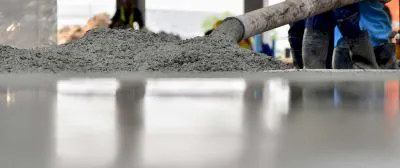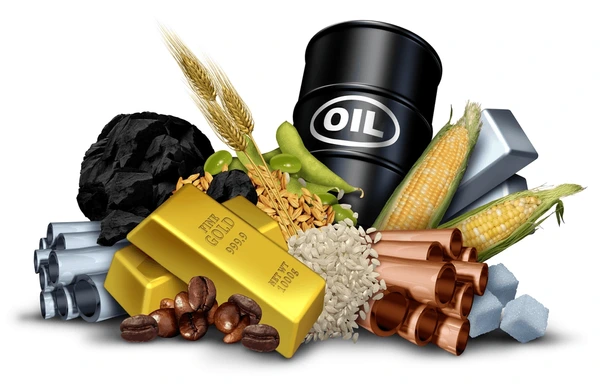


Directory of Ceramic Tile suppliers in Georgia
 الغذاء2 months ago
الغذاء2 months ago ProfileMeat
ProfileMeat Calf and sheep5 months ago
Calf and sheep5 months ago ProfileMeat
ProfileMeat Tarık orjinal zümrüt 2.63 karat8 months ago
Tarık orjinal zümrüt 2.63 karat8 months ago ProfileEmerald
ProfileEmerald sspbusiness21 months ago
sspbusiness21 months ago Profile
Profile




 ProfileMeat
ProfileMeat ProfileMeat
ProfileMeat ProfileEmerald
ProfileEmerald Profile
Profile